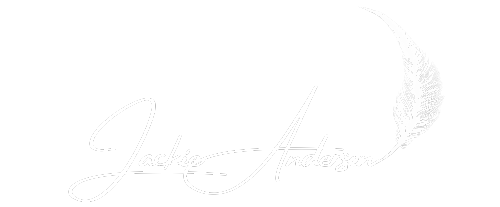Dark Tales for Longer Nights
So here we are, entering that deliciously dark season of winter. It’s the prelude to winter I like best: the mist curling around the edges of the hedgerows in the early morning, just about letting the dim sunrise through to call us to the new day; the wet, yellow leaves underfoot as the trees shed their summer glory, and the cold air scratching at our faces as we walk home in the evening. Love it, although missing it right now because, as I type, I am in Gibraltar and it’s still hot and sticky and, to me, most unseasonal although I mustn’t moan too much - I was at the beach this weekend!
Still, early October is the perfect time to start to think about reading and writing a good ghost story. Winter nights should be replete with ghosts in all their manifestations, from groaning ghouls to wailing banshees, from the gnashing of invisible teeth in the shadows of the living room to the hollow echo of dragging footsteps in an unlit corridor (preferably in an old hospital because they are really creepy!).
Reading ghost stories and other dark and unsettling tales may be enjoyable but writing them is just as much fun. At a Halloween workshop last year, I was joined by some twenty or so writers to discuss and exchange tips on the writing of fear, and the best bit the moment where we exchanged stories and derived enormous pleasure from scaring the wits out of each other.
I’ve made the workshop notes available as a free download. Just navigate to the Resources page and you will be able to drop them onto your computer and hopefully you’ll find some guidance there for writing a haunting tale this autumn.
But as an ‘at a glance’ list, here are my best-used tips for writing a good story that makes your spine tingle:
Embrace your own fears: if it scares you, it will scare many if not most of your readers
Build atmosphere: work on setting, tone and insinuation and keep the unseen hidden, because the power of the unseen and the unknown to scare is far stronger than the explicit
Give your ghost a back story: give your ghost or the source of the fear emotional impact, make them matter
Master suspense: build up emotions in the reader and only give away snippets until the big reveal so that this makes the greatest impact
Explore a range of emotions: don’t stick to just fear but elaborate on the experience of your protagonist through their grief, or loss, or love, or anguish and so on to maximise emotional impact and give the story depth
Character is everything: especially in ghost stories so that these do not come across as flat and one-dimensional; build your characters with depth and needs and ambitions and flaws and good qualities and make them matter, make their fear matter to the reader so that they make it their own
Use basic human psychology: explore primal fears and instinctive anxieties and then exploit them to the full
Use symbolism: intensify the fear experience using familiar cultural symbols to intensify the response for readers
Plot twists: write the unexpected and keep readers on their toes so that they gasp in surprise as they turn the pages and keep wanting to turn them
Vary the pacing and rhythm: the reader might need to have moments of recovery as well as heightened emotions, so work on providing some relief and then building up the fear again
It takes a lot of skill that can only be acquired through practice, practice and more practice. I am still in that practice practice practice phase myself, and am looking ahead to long evenings of terrified jotting and trying to figure out how to best get some sleep when I’d prefer the light to stay on.
So, if you too would like to write a good ghost story, don’t wait any longer; download the workshop notes, surround yourself with some grim and ghastly tales to get you in the mood, and get writing.
My own primal fear….

